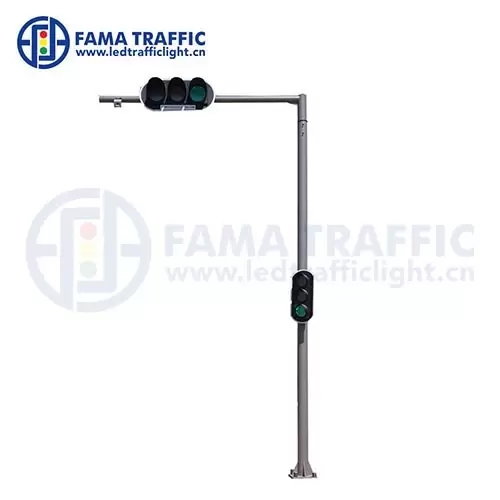In today's digital age, paper may seem like a relic of the past. However, it remains an essential medium for various industries, including publishing, printing, and packaging. When it comes to selecting paper for a project, determining its quality is crucial. But how can you tell if paper is truly high quality? In this blog post, we will delve into the key factors that distinguish premium paper from the rest, equipping you with the knowledge to make informed decisions.
- Paper Weight and Thickness:
One of the first indicators of paper quality is its weight and thickness. This is typically measured in grams per square meter (gsm). High-quality paper tends to have a higher gsm, indicating a denser and more substantial feel. Thicker paper not only enhances durability but also provides a more luxurious and professional appearance. - Opacity and Whiteness:
Opacity refers to the paper's ability to prevent show-through from the other side. High-quality paper exhibits excellent opacity, ensuring that the content remains legible and clear. Additionally, the whiteness of the paper can significantly impact the overall impression. Brighter, whiter paper enhances contrast, making text and images stand out vividly. - Texture and Finish:
The texture and finish of paper contribute to its tactile appeal and visual aesthetics. Premium paper often features a smooth and consistent texture, providing a pleasant writing or printing experience. Additionally, the finish can range from matte to glossy, each offering unique characteristics. The choice of texture and finish depends on the intended use and desired effect. - Fiber Composition:
The type of fibers used in paper production greatly influences its quality. High-quality paper is typically made from long fibers, such as cotton or linen, which contribute to its strength, durability, and resistance to yellowing over time. On the other hand, lower-quality paper may contain shorter fibers or recycled materials, resulting in a weaker and less durable product. - Archival Quality:
For projects that require long-term preservation, such as important documents or archival materials, it is crucial to choose paper with archival quality. Acid-free and lignin-free paper ensures that it will not deteriorate or yellow with age, maintaining its integrity and readability for years to come. - Environmental Considerations:
In today's environmentally conscious world, the sustainability of paper production is a significant factor. Look for paper that is certified by recognized organizations, such as the Forest Stewardship Council (FSC), indicating that it comes from responsibly managed forests. Choosing eco-friendly paper not only supports sustainable practices but also reflects positively on your brand or project.
Conclusion:
Selecting high-quality paper is essential for achieving professional and visually appealing results in various industries. By considering factors such as weight, opacity, texture, fiber composition, archival quality, and environmental considerations, you can confidently identify premium paper that meets your specific needs. Remember, the mark of quality lies not only in the appearance but also in the paper's durability, sustainability, and long-term performance.
